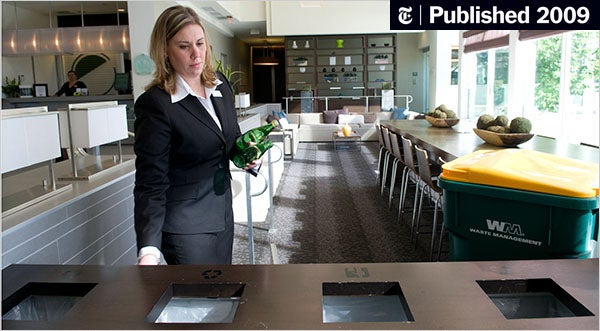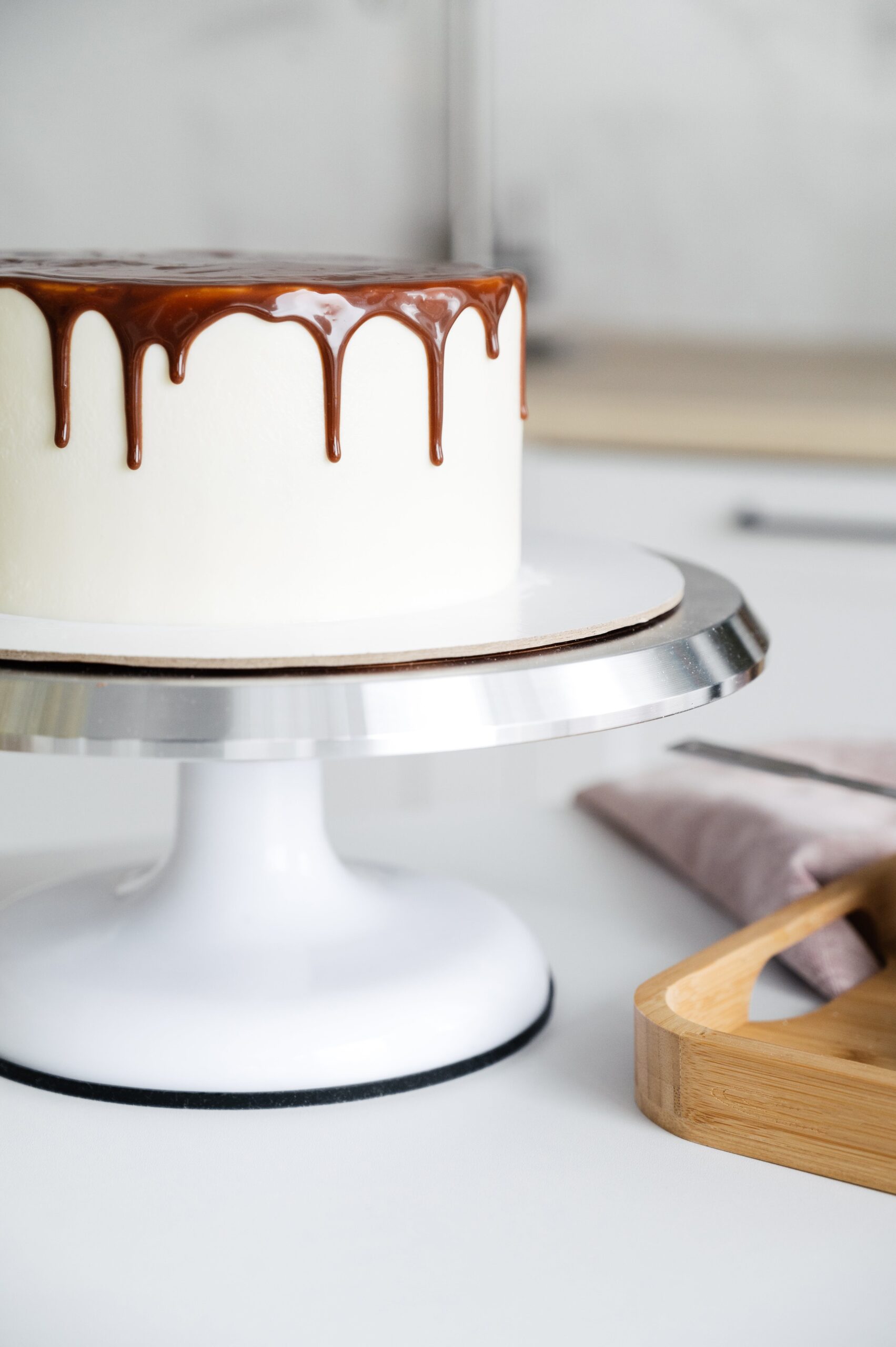Have you ever heard the phrase “There is beauty in breaking”? As paradoxical as it may seem, sometimes we find the most profound moments of growth and transformation in our darkest hours. And that’s exactly what Kowareru Kurai, a Japanese concept meaning “breaking to the point of no return,” explores. In this blog post, we’ll take a deep dive into this fascinating philosophy and discover how embracing our vulnerabilities can lead to greater strength and resilience. So buckle up and get ready for an eye-opening journey!
What is kowareru kurai?
Kowareru kurai (粉塵流れる水, “The Bubbling Water Flow”) is a Japanese idiom that means “progressing smoothly.” Kowareru kurai is often used to describe something that goes well and without issue.
The idiom has its roots in the Buddhist concept of shunyata (emptiness), which states that everything is in flux and nothing is permanent. To quote the Buddha himself: “Form does not exist; sensation does not exist; perception does not exist. Form does not come into being through itself; it comes into being through contact with other forms.” This underlying philosophy translates to everyday life, where we constantly change and adapt to new situations.
In essence, kowareru kurai suggests that things are working out for the best – there’s no drama or chaos involved. This calming philosophy can be applied to all aspects of life, from our relationships to our work environment. At its most simple level, kowareru kurai reflects our ability to let go and accept change – even when it might feel difficult or unfamiliar.
The history of kowareru kurai
Kowareru kurai (柔らかい骨) is a Japanese word that means “soft bones.” The term is often used to describe the beauty of delicate, feminine features. Kowareru kurai has been cited as one of the unique charms of Japan, and its appreciation has spread globally.
The history of kowareru kurai goes back centuries. In the Heian period (794-1185), courtiers and aristocrats admired delicate features and tended to have soft bones. Some popular phrases during this time included “kekkei tsukurimasu” (望まない夕焼けを), which means to look forward to a sunset that will not be beautiful, and “moeru basho ni utsume yo” (もっと見る場所に行こう), meaning that we should go see more places instead of dwelling on what’s bad.
In modern times, the appreciation for kowareru kurai has continued to grow. Japanese magazines, TV shows, movies, and advertisements often use the term to describe attractive women or girls. In Japan, there are even restaurants called “kowareru kura” (柔らか骨店) that specialize in serving dishes with soft bones such as chicken or fish.
The making of kowareru kurai
Kowareru kurai (木更れるかい), or the sound of falling leaves, is one of the most beautiful sounds in the world. The making of this sound is a delicate art form that requires years of practice and experience.
To make kowareru kurai, a practitioner must have excellent horsemanship skills. They must be able to control their horse’s movement and timing so that the horse makes gentle, slow movements while dropping leaves on the ground.
The sound of kowareru kurai is created when the leaves fall gently to the ground, creating a soft thump-thump-thump noise. It’s said that this tranquil sound can calm nerves and restore peace.
The artistry of kowareru kurai
Kowareru kurai (also known as “broken string art”) is the delicate and often subtle art of creating beautiful pieces from small broken pieces of string. The technique is simple, but the results are often stunning, with intricate designs and patterns that can be quite mesmerizing.
There are many different techniques for kowareru kurai, but the basics involve breaking off small pieces of string and then arranging them into designs or patterns. You can use any kind of string you like, but it’s usually best to use thin strings because they hold their shape better and produce more detailed artwork.
Once you have your design in mind, it’s time to start crafting. You’ll need some sort of container to store yourStringart- preferably something that’s shallow so you can easily add new pieces as you go along- and a sharp object like a knife or scissors to cut the strings.
Once everything is set up, it’s time to get started! Start by gently cutting the strings into manageable lengths with your knife or scissors, then arrange them into your desired pattern. Be sure to give yourself plenty of space so you can add new pieces as needed- kowareru kurai is really all about finesse!
Once everything is arranged how you want it, it’s time for the final step: adding highlights and shadows. This part can be tricky depending on how light or dark your original design was, but there are a few tricks you can
Conclusion
Kowareru Kurai is beautiful because it breaks the rules. It defies expectations, transgressing conventional wisdom and shattering preconceptions in the process. And that’s something we can all learn from, especially when it comes to creativity and innovation. When you break free from convention, the possibilities are endless – just look at what people have done with kowareru kurai!



